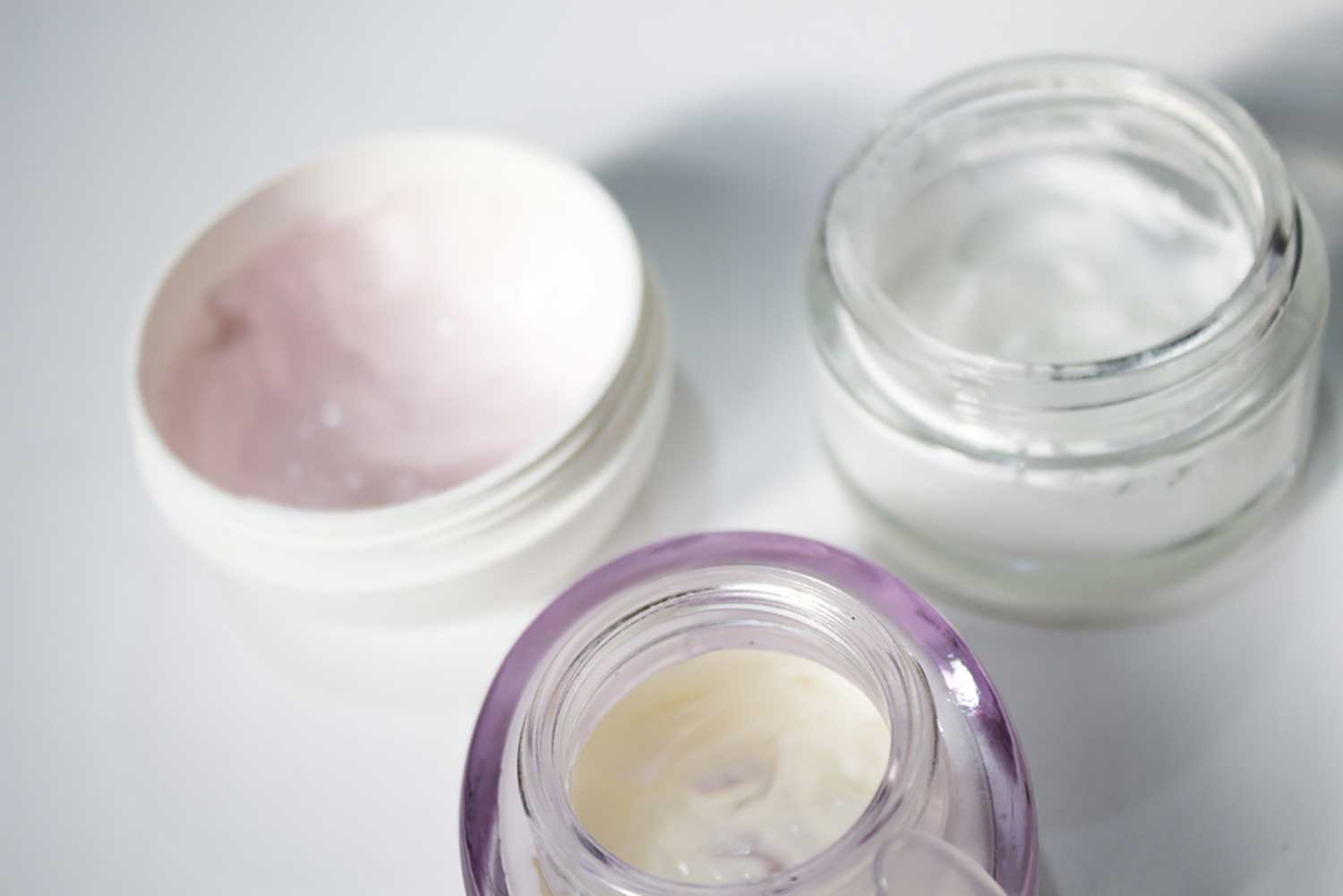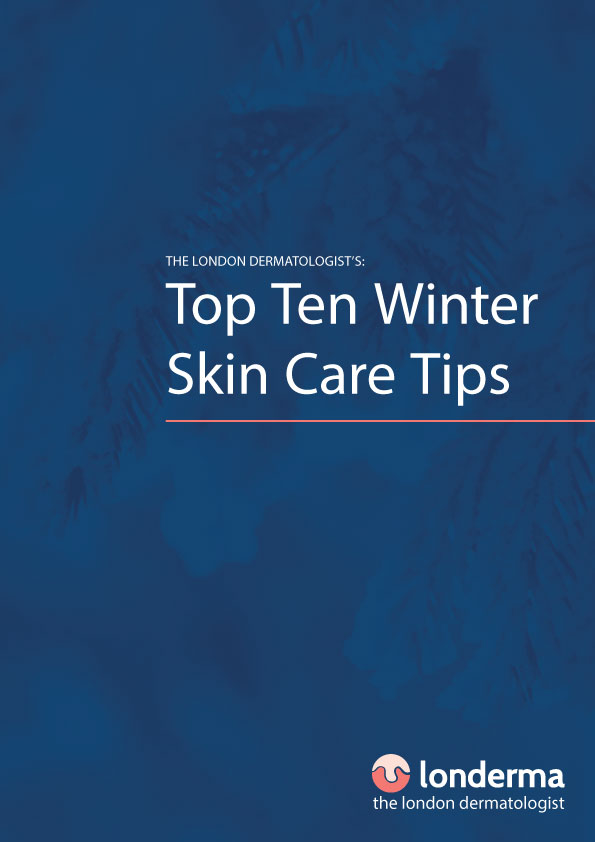Video consultations now available

It may be common, affecting up to one in ten people, but red faces are not always rosacea. Dermatologists often see patients who are worried that they may have developed rosacea, perhaps following a bit of internet searching, but they may actually have another condition altogether. Facial redness simply occurs because there in increased blood flow to the top part of the skin, perhaps because of inflammation, sun damage or fixed widening of vessels. It is seen in rosacea, seborrhoeic eczema, chronic photodamage, atopic eczema, psoriasis, contact allergy and inherited conditions such as keratosis pilaris rubra. Just to complicate things further two or more conditions may coexist. Getting the right treatment means first getting the correct diagnosis, because each will require nuanced differences in the treatment approach.
It is not yet possible to cure rosacea however it is extremely responsive to the right treatment and can often be completely controlled. Patients are often very worried when they come to see a Dermatologist that they may have a long-term progressive condition. People particularly worry about the development of a thickened nasal skin, a condition called rhinophyma. This is actually a fairly unusual complication of a rosacea and is extremely unusual in women. A Dermatologist should explain the diagnosis to you carefully and then run through the treatment options both for the inflammatory component of rosacea (in other words the spots) and the redness and flushing. Both of these can be very effectively treated with good results.
Rosacea is a common condition which is often distressing. The cosmetics industry is worth billions of dollars. Unfortunately the claims that cosmetic companies make about their products being able to cure rosacea are mostly bogus. Cosmetics don’t reverse or reliably treat inflammatory rosacea, despite some companies’ extraordinary claims. So what does help? Simple cleansers and moisturisers like the Cetaphil range and sunblocks such as Anthelios, Sun Sense products or Altruist. Cover up foundations and powders and green-tinted moisturisers may also be helpful to cover redness and improve confidence.
Dermatologists are the trained skin specialists in the UK. If you have any concerns about diagnosis and management of your skin condition it is worth seeing a Dermatologist to obtain an expert opinion and place you on the right treatment path. The diagnosis of inflammatory conditions of the face can sometimes be difficult as conditions often overlap. New treatments are coming through all the time and complex treatments such as laser are best done by clinicians with experience. In the UK you can check whether a doctor has completed Dermatology Specialist Training to become a Dermatologist on the specialist register of the General Medical Council. Look for ‘Dermatology’ under the doctor’s specialist register entry details.
A real breakthrough in the understanding of rosacea occurred a few years ago. We now think that rosacea is a disorder of the skin inbuilt (innate) immune system causing inflammation. The skin of rosacea patients has been described as being ‘hard-wired for inflammation.’ In rosacea there is an increased production of a natural skin chemical called cathelecidin, which not only causes spots but probably causes long-term damage to the skin including the development of widen blood vessels and fixed redness. Fortunately we have treatments which are able to control the level of this chemical in the skin and reverse and reduce the signs of rosacea. People with rosacea often require long term treatment to give control but the treatment tends to be successful and rewarding.
Too much exposure to ultraviolet light damages the skin, causing skin aging, pigmented spots, loss of elasticity, precancerous skin lesions and in some people, rosacea. Rosacea is commoner in fair-skinned people, who are more susceptible to the sun and in people who have spent significant time outside. Whilst sun protection won’t reverse the damage, using a high factor sun cream is a good idea to prevent rosacea getting worse. Aim for factor 30 at least and preferably 40 to 50+. Moisturisers containing an SPF generally are not as good as sun creams themselves, but better than nothing. Useful brands include Anthelios, Sun Sense and Altruist.
If you have inflammatory rosacea, in other words, spots (papules and pustules) your doctor may well recommend a topical treatment (a gel or cream). Topical ivermectin (Soolantra) cream became available in 2015 and has been incredibly helpful in treating the spots and inflammation of rosacea. It is probably the most effective topical treatment available at the moment. It is thought to work in two ways, firstly by killing a common skin mite called Demodex which is four or five times more numerous on the skin in patients with inflammatory rosacea and secondly it has anti-inflammatory effects, reducing the levels of inflammatory chemicals that are present in rosacea skin. Another treatment is azelaic acid which is a naturally-occurring and highly effective anti-inflammatory medication which also reduces the levels of inflammatory skin chemicals and can be very helpful in rosacea. Metronidazole is also often prescribed.
Brimonidine (Mirvaso) is a completely different type of rosacea treatment designed to treat redness, not the spots. It actively reduces the size of this blood vessels in the surface of the skin. The effect is temporary lasting about 12 to 16 hours but is very powerful and takes effect within 30 to 60 minutes. The does not suit everybody but in patients who do well it controls facial redness for the full day and can significantly improve confidence. Some people find that their skin flushes when the cream wears off. Nevertheless there is nothing else out there that works in the same way and this is the first time that a topical treatment to control blood size has been available. It is worth discussing with a Dermatologist before using the gel so you know what to expect. Probably about a quarter of patients who use is find that they can continue it regularly.
The most effective long-term solution for fixed redness and flushing is pulsed dye laser or intense pulsed light treatment. These treatments use light to target blood vessels. A pulse of light is delivered in a fraction of a second to the skin which warms the blood vessel causing it either to burst or to be injured. This then leads to blood vessel re-modelling over the next few weeks. If you are having pulsed dye or intense past light treatment it is important to have this done by a specialist who is experienced in the management of the condition and the use of these devices. 80 or 90% of patients that have these treatments improve and are happy with the results.
A few years ago an ultra low dose version of an oral antibiotic called doxycycline became available for rosacea. This gives a blood level of doxycycline which is too low to have any antibiotic properties. However it does significantly improve skin inflammation and has been specifically licensed in the UK for rosacea. It is a very effective medication for controlling inflammatory papules and pustules. It may well also prevent long-term progression of rosacea with development of facial blood vessels and possibly skin thickening. Rosacea patients have skin which is liable to become inflamed and slowly damaged. Use of a long-term medication probably prevent this and gives complete control over the condition in many patients. Normal dose antibiotics can also be effective and may be required, but may cause more side effects.
Copyright London Dermatologist
12 May 2017
 eBook Download: Top Ten Winter Skin Care Tips
eBook Download: Top Ten Winter Skin Care Tips